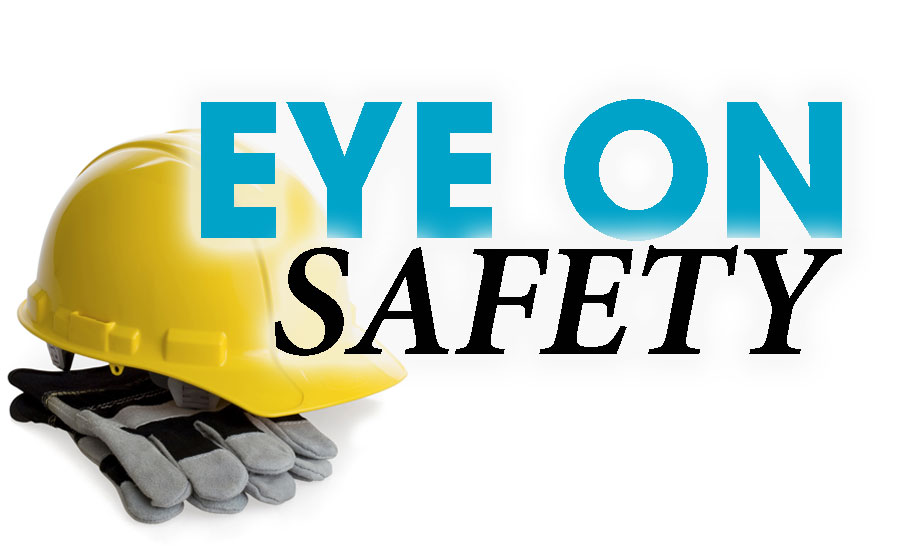According to OSHA, more than 43 million American workers are exposed to hazardous chemicals each year. Because there are so many people working with and around dangerous chemicals, it is critical for those workers to have the requisite training to safely perform their tasks. One part of that training requirement focuses on exposure response, hazmat cleanup and decontamination.
The most important best practice is to have a chemical-response plan in place prior to performing any work involving hazardous chemicals. It shouldn’t be surprising to learn that poor planning and response lead to the worst hazmat incident outcomes. And while no person has a crystal ball to see the exact nature of a future incident, having a plan will decrease the chance for severe injury and can limit the negative consequences to our environment. Through this lens, an executable response plan can save lives and save your company thousands, if not millions, of dollars in post-incident damages.
A written hazmat exposure-response plan must be
detailed and clearly articulate the steps for effective containment, cleanup, disposal and decontamination. It also should include a listing of emergency response contacts, guidance on PPE requirements and your company’s first-aid protocols. A checklist of response-plan elements can be found in the Hazmat Toolbox Talk at www.asa.net.
An integral component of hazmat response plans is the guidance provided by safety data sheets (SDS). Each hazardous chemical is required to have a SDS that outlines important chemical information such as composition, first-aid measures, fire response, containment, cleanup, handling and storage. This information must be included in your response plan. If your worksite includes potential exposure to multiple hazardous chemicals, the emergency response plan must account for each type of hazard and the guidance provided in each chemical’s SDS.
Hazmat emergency response plans should be regularly reviewed to ensure they are appropriate for the worksite and the activities being performed there. If your response plan isn’t updated to reflect the chemical hazards that exist onsite, the risk for severe injury and/or negative environmental consequences will rise. A good rule of thumb is to review the plan and customize it for each jobsite where safety-sensitive activities are being performed.
Some chemical incidents will require notification to appropriate regulatory (i.e. OSHA, EPA, DOT) and emergency response institutions (hospitals, ambulance services, fire and police department). Depending on the quantity of spilled material, toxicity levels present due to the exposure and injuries sustained at the site, you may be required to communicate the incident in a time-sensitive manner. Be sure to understand when you must contact these authorities and why.
As with an effective response plan, your supporting cast can make the difference between life and death. There also may be legal responsibilities in this regard. From this standpoint, it is imperative to understand the regulations of your industry. Substances designated as “extremely hazardous” under the Emergency Planning and Community Right-to-Know Act of 1986 must be reported to state and local authorities in addition to meeting federal reporting requirements.
A supporting element of your hazmat response plan is a decontamination procedure. Decontamination is the process of removing or neutralizing contaminants that have accumulated on personnel, clothing, PPE and/or equipment. Decontamination is a critical step for preventing future injury, using anything that was previously contaminated and for hazardous waste collection. The Toolbox Talk at www.asa.net provides information on prevention and decontamination methods.
The OSHA website at www.osha.gov is an excellent resource for helping you to build a quality response plan. OSHA also can provide guidance on spill cleanup, decontamination procedures, hazmat regulations and PPE use. All of these areas are critical elements in your planning.







